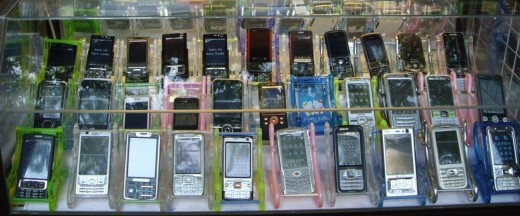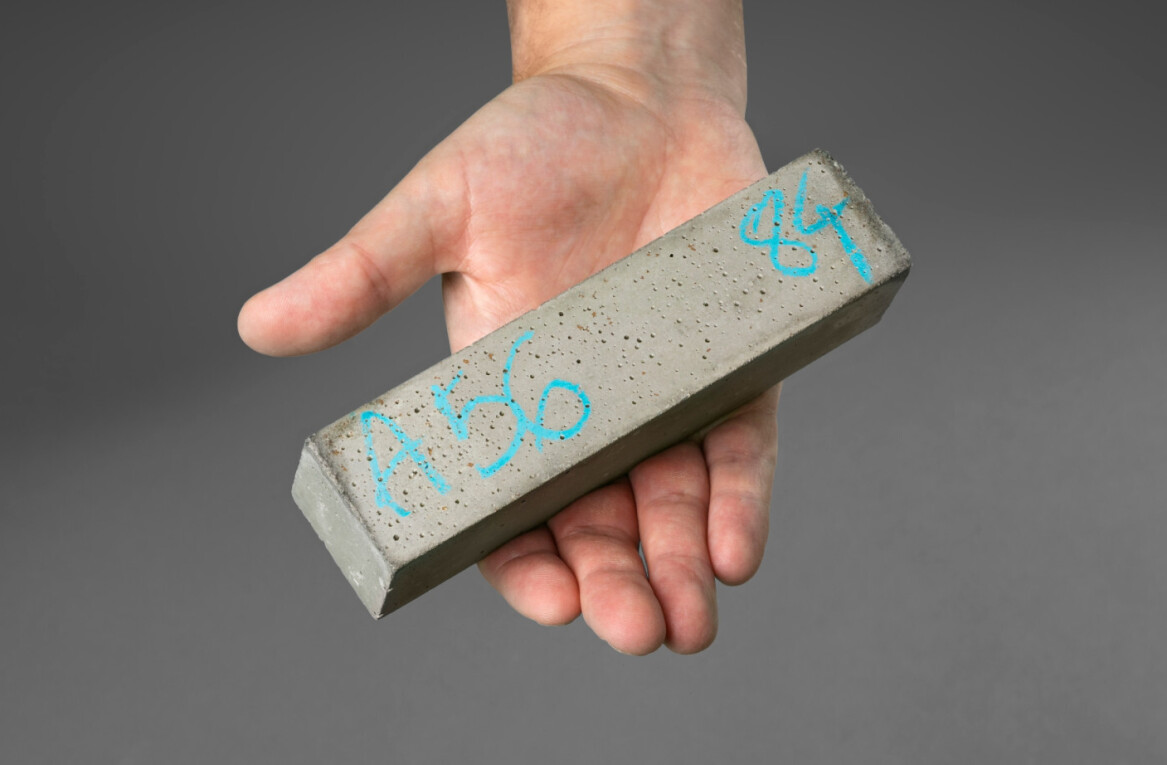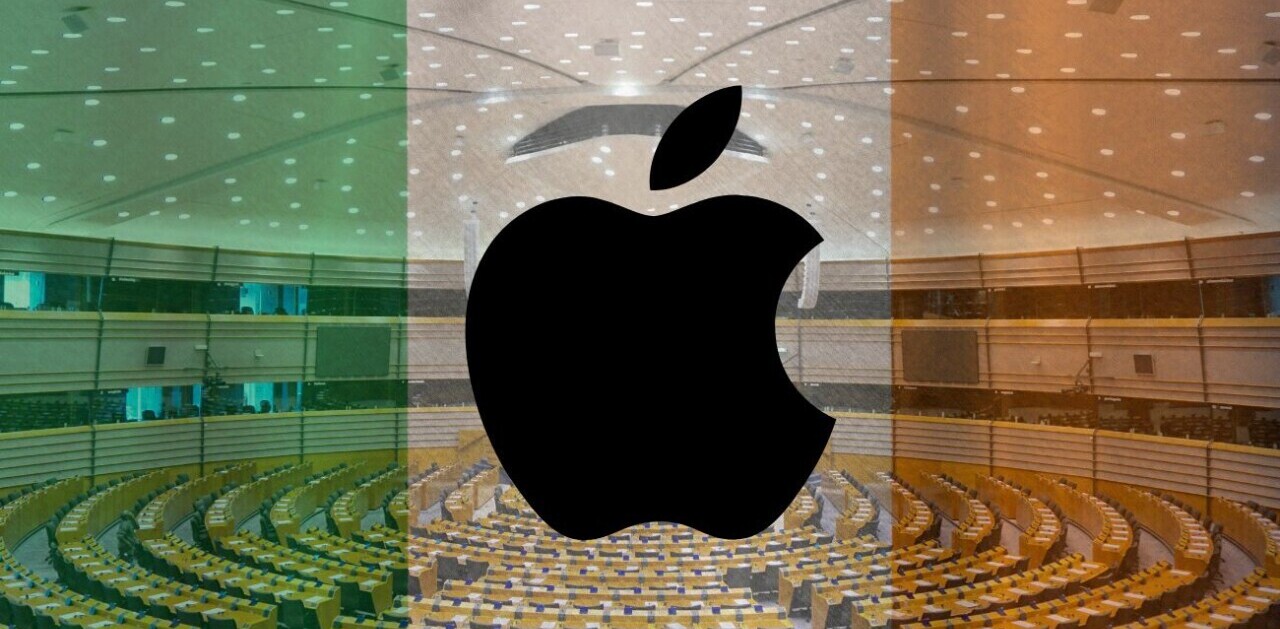
Apple has made huge strides in China over the last two years, to the point that new CEO Tim Cook lauded the country as “very key” to the company’s success when, as COO, he spoke on an earnings call earlier this year. This undoubted progress is due to the simple fact that more Chinese are buying Apple products, including iPhones, in greater numbers ever before.
So has Apple overcome China’s notorious counterfeit mobile phone market?
Focus on Asia
Apple is not the only tech company to have made significant strides in Asia.
The last year has seen the likes of Google, Facebook, LinkedIn, Twitter and countless others set up regional and local offices across the continent. The move to provide localised offerings, reflects the enormous potential Asia offers, with China the focal point – for those that are not banned from entering the market, that is.
Apple is no different, and has invested even greater amounts in Asia as the recent openings of its Shanghai and Hong Kong Apple Stores, the latter being its most expensive ever, testifies.
While Apple’s brand and physical presence in China has contributed to its growth in sales, the growing affluence of China is an equally important factor that is encouraging greater numbers of Chinese alter their choice of mobile phone.
Chinese middle-classes are embracing consumerism in a major way, increasingly investing in luxuries’ like international travel, cars and, of course, technology.
Gadgets are a popular choice given the popularity of the internet and web-services. With China’s answer to Twitter, Weibo, enjoying more than 140 million registered users, for example.
Equally, the Asian concept of ‘face’ has further spurred newly-minted Chinese to purchase the latest tech. Rather than suffer the humiliation of being seen with a cheap, fake device, consumers can spend a little more on a genuine, quality device that resonates a sense of class and style.
Tech crazy
The growth in affluence and obsession with the web has spurred China to develop its interest in technology. In fact, it is fair to say that Chinese society has become obsessed with technology. Like so many other markets, Apple products are rated as the best and their popularity and usage in the country has made China Apple’s second largest App Store market.
Even those short of money find ways to get the latest and greatest device. Whether it is selling a kidney or their virginity, or even building a home-made iPad, the Chinese are certified tech-mad.

Choice and affordability
The growth in availability and varying costs of the iPhone and other smartphones gives consumer a real choice when it comes to buying their mobile phone.
Though as many as 2 million devices were sold before the iPhone was available in China, Apple’s October 2009 partnership with operator Unicom was a key step which saw Apple’s brand and reach grow hugely.
Though initially it was available through just one operator, Apple has since expanded its distribution although a partnership with 600-million subscriber strong China Mobile is yet to be inked, though this is rumoured to be changing with the upcoming iPhone 5.
Equally, aside from the iPhone, a flood of other smartphones – ranging from high-end to entry level – have provided alternatives to counterfeit devices. Unlike its counterfeit alternatives, an Android-based device, for example, provides a good quality smartphone experience with gaming, apps, music and internet experience.
Sitting in between the expensive, high-end iPhone and cheap imitation fake device, other smartphones are offering an alternative, providing a quality user experience without the risk of a device exploding or spontaneously combusting.
Take for example the Xiaomi phone, an Android-powered device boasting the world’s most powerful mobile processor. Crucially, at $312, it is half the price of an iPhone – making it affordable to a great many Chinese.
Is the counterfeit device market suffering
China’s bootleggers are struggling to cope with China’s interest in genuine technology, according to this article from LA Times, which include some interesting stats on their decline.
Slightly more than 24 million shanzhai (counterfeit) phones were ordered in China last year; that’s down about half from the peak in 2007 when the devices accounted for 20% of all shipments. Today, shanzhai handsets represent just 7% of new factory orders for phones and could be half that within a few years.
Statistics from Analysys International show that smartphone ownership currently sits at 131 million in China, that’s a huge increase of more than 150% since 2009, while the average cost of a device has fallen to below $300, a more affordable price-point for many in the country.
If Apple goes ahead and announces its budget, iPhone 4S, device as is expected, the mobile market in China could change dramatically although comparatively impoverished rural areas remain a fertile market for fake devices. A rural worker’s salary won’t stretch to cover an entry level device, leaving them far fewer options, despite the growth of genuine devices in urban areas.
Apple, Android and others are winning the battle against fake goods in China, but can they win the war in Asia?
Get the TNW newsletter
Get the most important tech news in your inbox each week.




